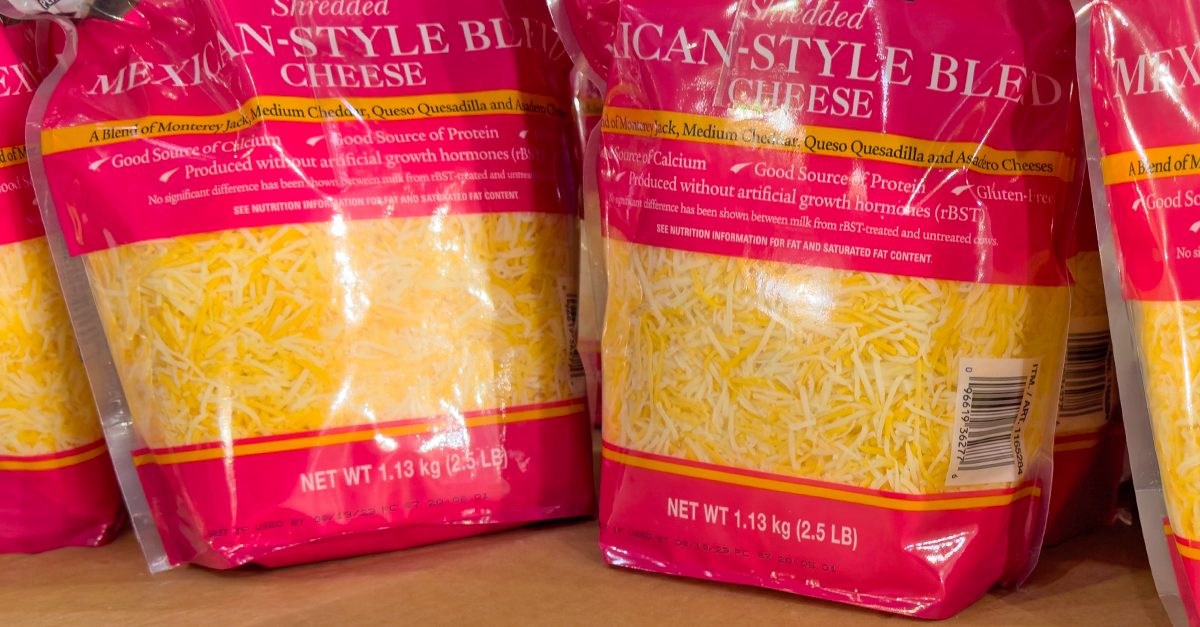Why You Should Never Buy Pre-Packaged Shredded Cheese
Supermarket shoppers often choose pre-packaged shredded cheese for convenience, but opting for a block of cheese might be better for taste, texture, health, cost, and the environment. Pre-packaged options often contain additives that can alter texture and raise health concerns. Block cheese usually comes with less packaging, is cheaper, and maintains freshness and flavor longer, making it a smarter choice for those who value quality and sustainability.
;Resize,width=742;)
In the bustling aisles of modern supermarkets, convenience often trumps other considerations, leading many shoppers to reach for pre-packaged shredded cheese. While undoubtedly convenient, there are compelling reasons to consider skipping this shortcut and opting for a block of cheese instead. From taste and texture to health concerns and cost, let’s explore why you might want to leave pre-packaged shredded cheese on the shelf.
Compromised Flavor and Texture
The primary allure of cheese lies in its rich flavor and satisfying texture, qualities that can be significantly diminished in pre-packaged shredded varieties. Manufacturers often coat these cheeses with additives like potato starch, cellulose, and natamycin to prevent clumping and mold growth. These additives can create a drier, grittier texture and subtly alter the taste. Freshly shredded cheese, on the other hand, retains its moisture and melts beautifully, perfect for cooking applications where creamy, cohesive textures are desired.

Health Considerations
The additives in pre-packaged shredded cheese raise more than just culinary concerns; they also pose potential health questions. Cellulose, for instance, is a common anti-caking agent derived from wood pulp or other plant fibers. While generally recognized as safe, its addition is something many prefer to avoid in their diet. Similarly, natamycin, a mold inhibitor, while approved for use, might not align with the preferences of those seeking a more natural diet. Opting for block cheese allows for greater control over what’s going into your body.
Environmental Impact
Pre-packaged shredded cheese also comes with an environmental cost. The additional packaging required for these products contributes to plastic waste, which is a significant concern given the global challenges of plastic pollution. Purchasing block cheese typically involves less packaging, especially if you buy from counters where cheese is cut to order and can be placed directly in your own reusable containers.
Economic Factors
While pre-packaged shredded cheese might seem like the more convenient option, it’s often more expensive per ounce than block cheese. The markup can be attributed to the processing and packaging involved. Buying block cheese and shredding it yourself can be more economical, especially if you use a lot of cheese at home.

Freshness and Shelf Life
Cheese is best enjoyed at its freshest, and shredding it yourself ensures you’re experiencing the flavor as intended by the cheesemaker. Pre-packaged shredded cheese may have been sitting on a store shelf for weeks, slowly losing its flavor and freshness under the chill of refrigeration. A block of cheese kept in optimal conditions will maintain its quality longer, allowing you to enjoy fresher, more vibrant flavors each time you shred it.
The Verdict: To Shred or Not to Shred?
For those who value flavor, freshness, and a straightforward ingredients list, skipping pre-packaged shredded cheese is a wise choice. The effort involved in shredding cheese from a block is minimal, especially with modern kitchen tools, and the benefits in terms of taste, health, cost, and environmental impact are substantial. Next time you find yourself in the cheese aisle, consider grabbing a block of your favorite variety. Your palate and your wallet will thank you.
;Resize,width=767;)
;Resize,width=712;)
;Resize,width=712;)
;Resize,width=712;)
